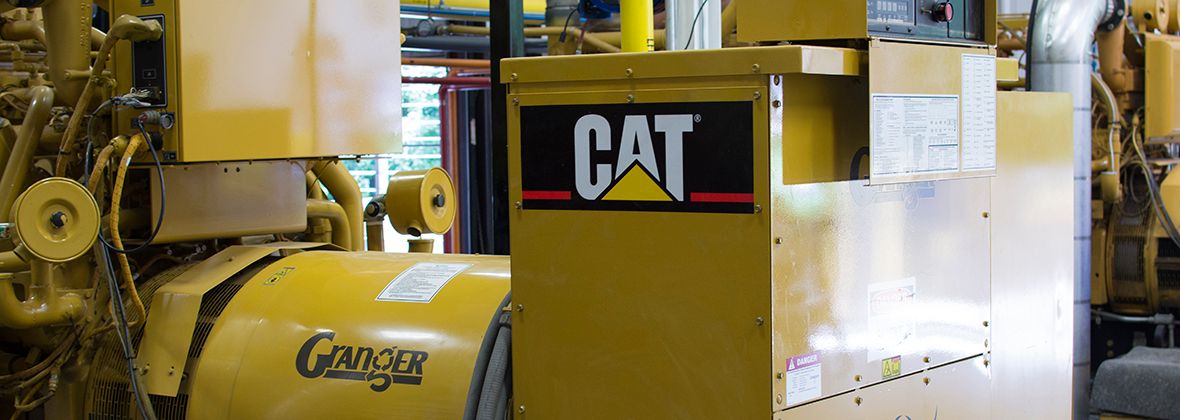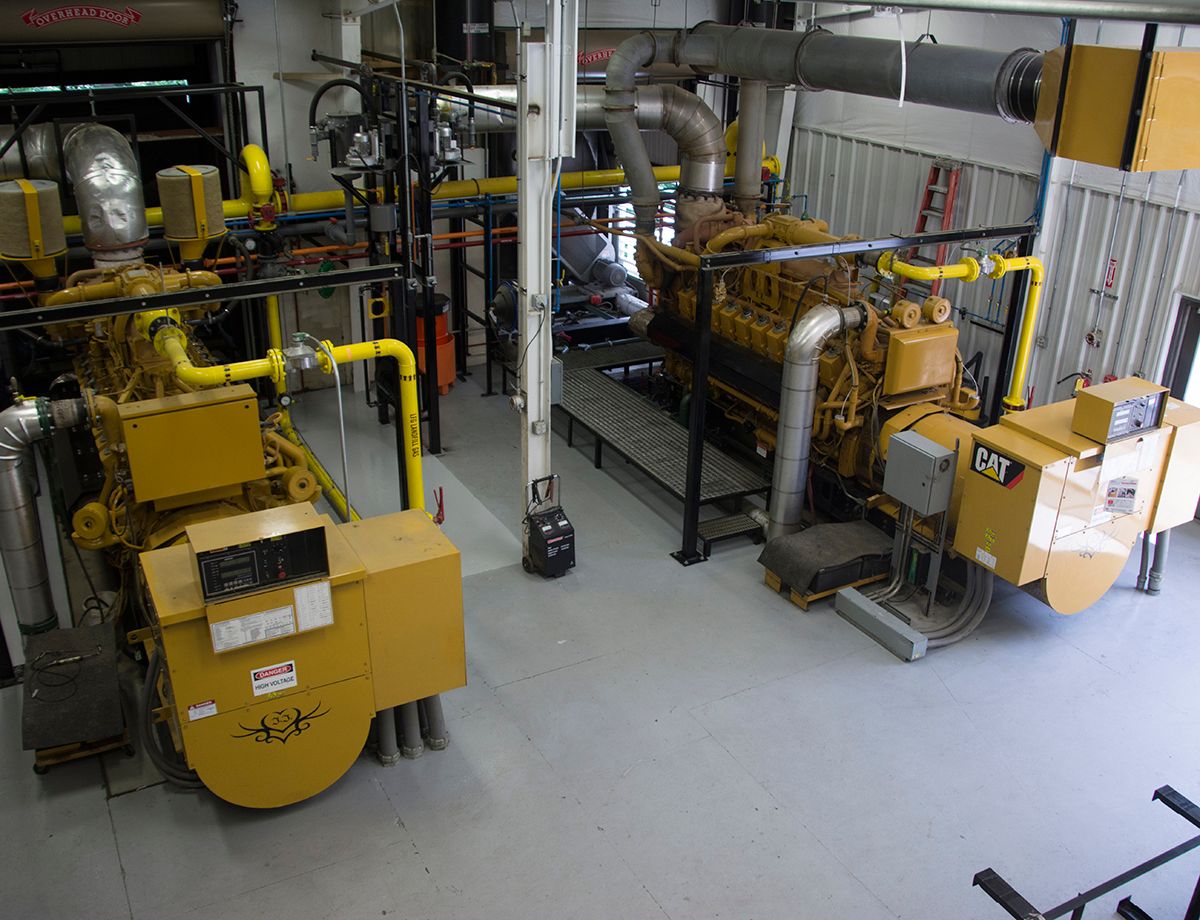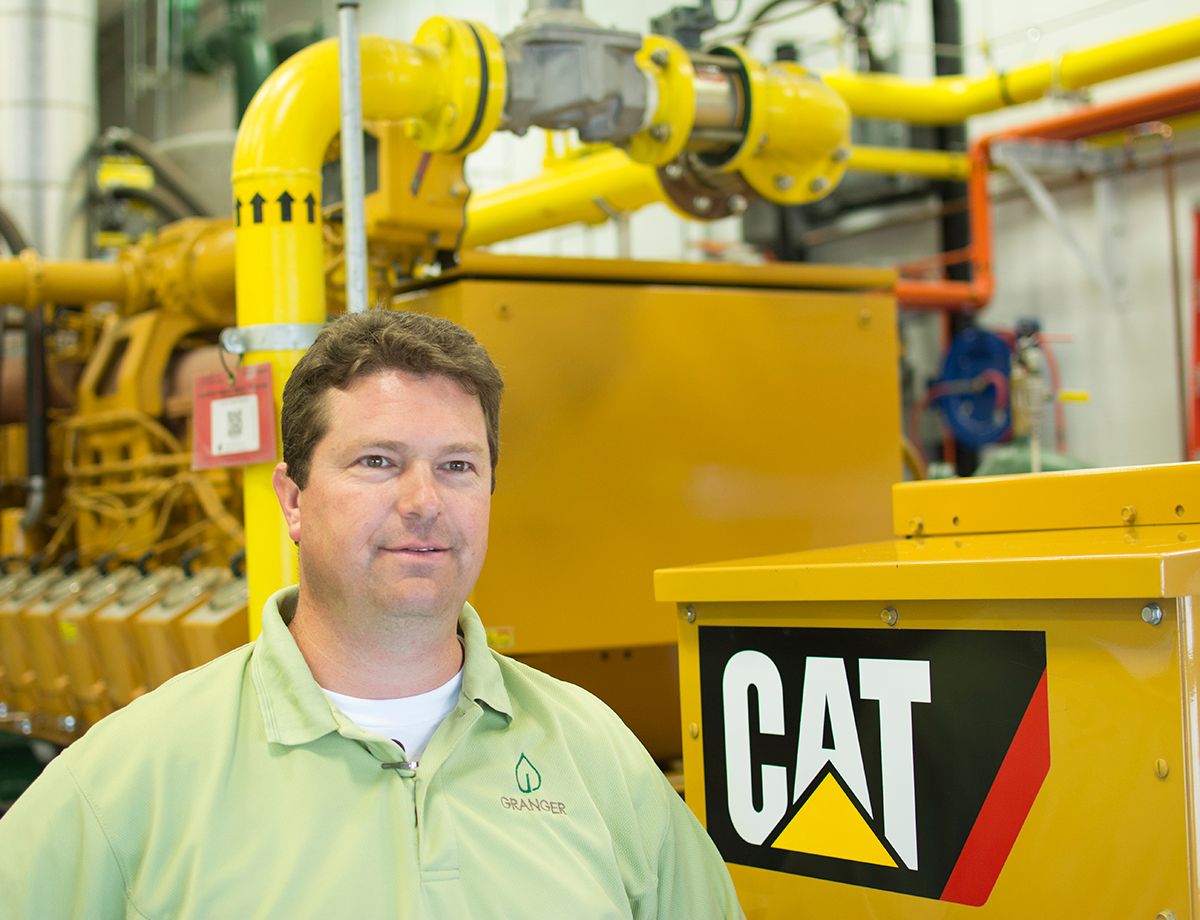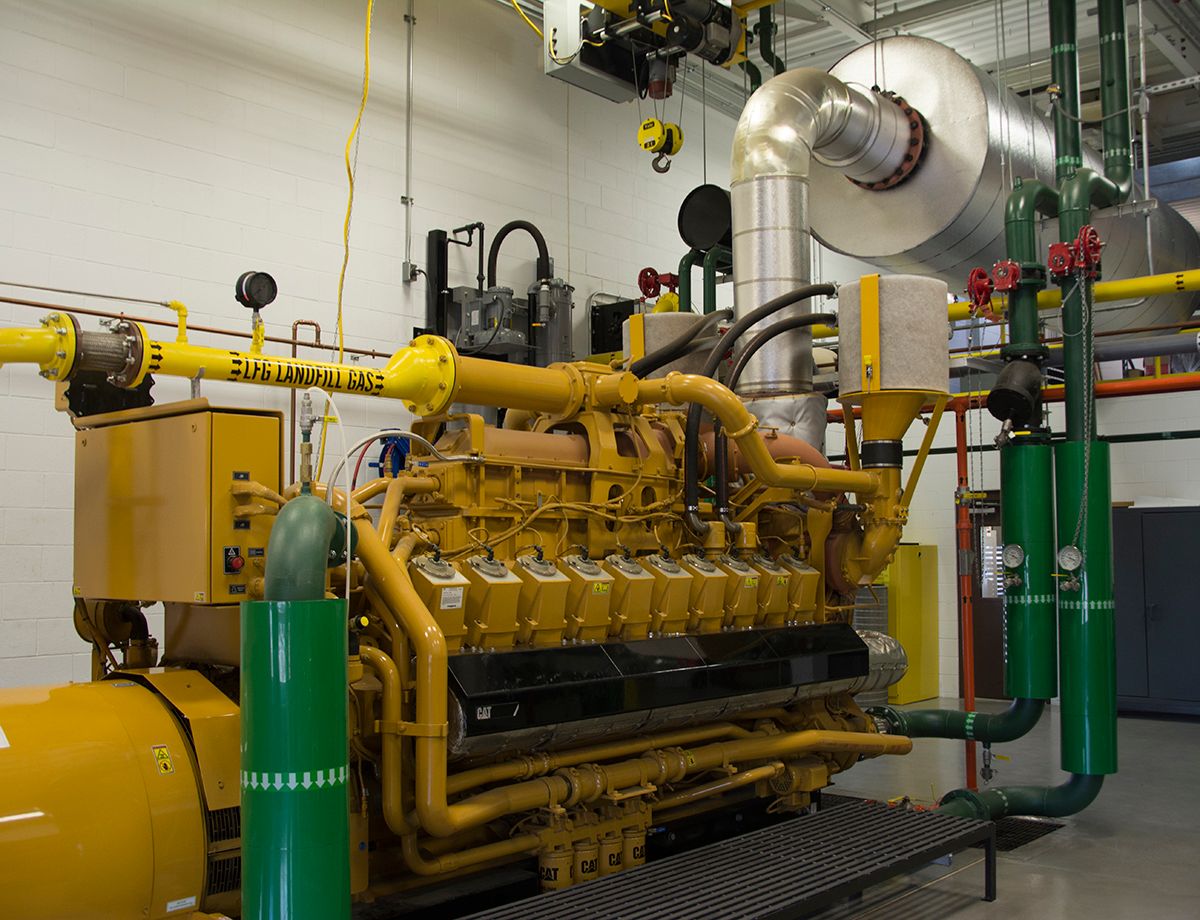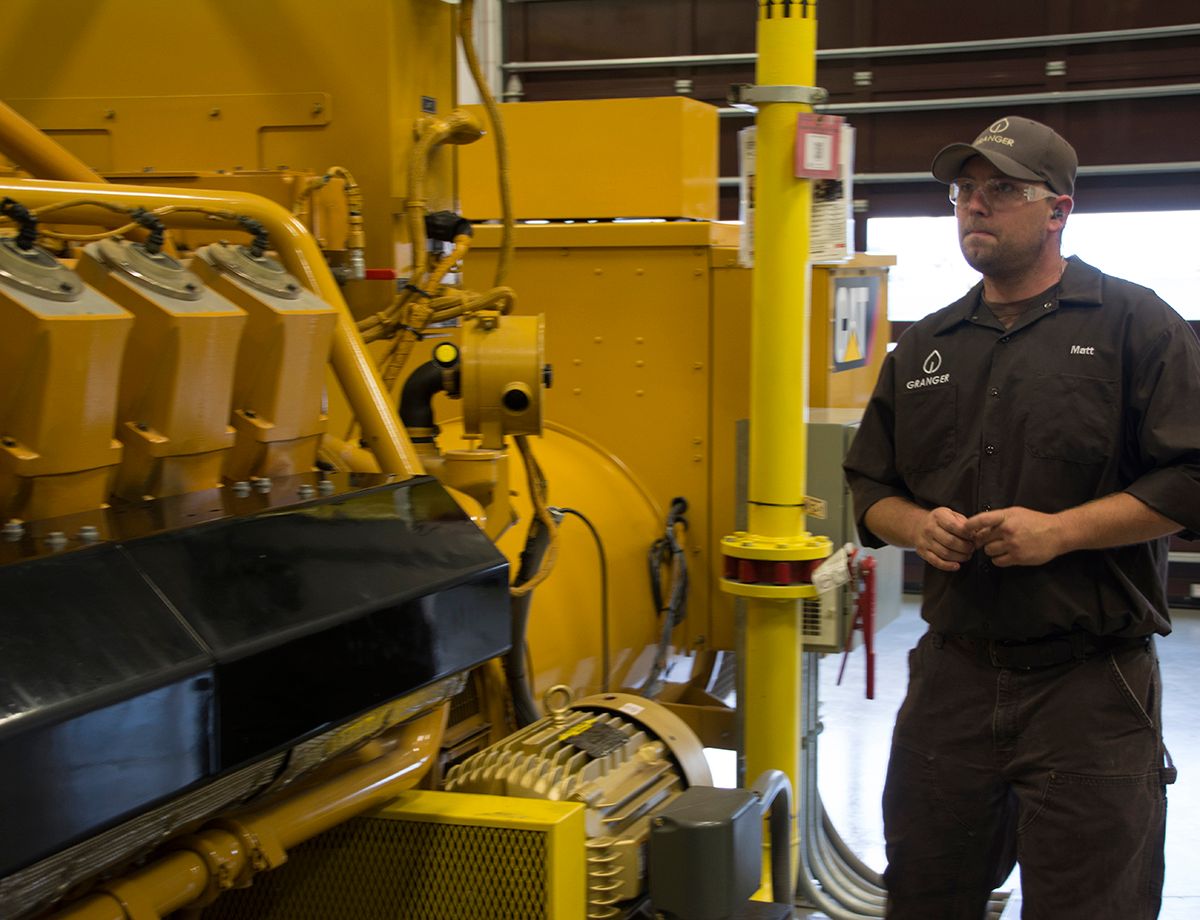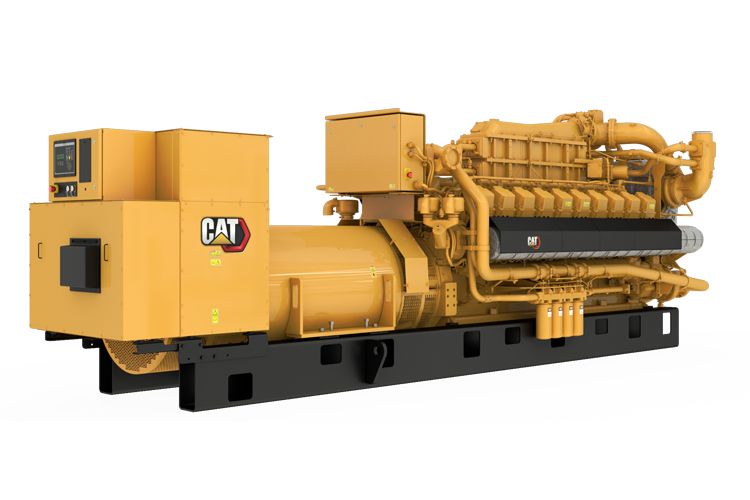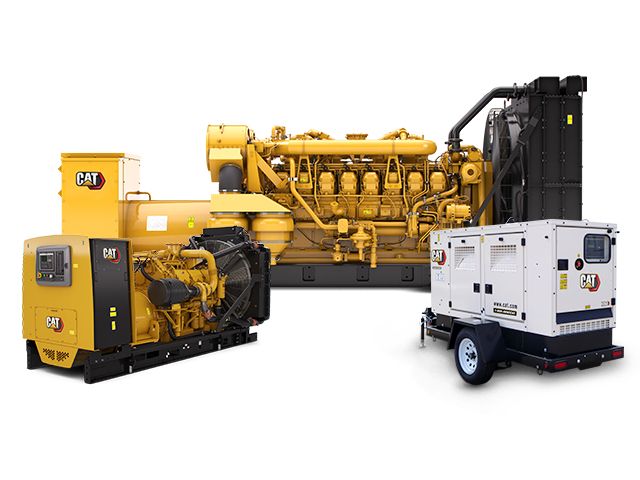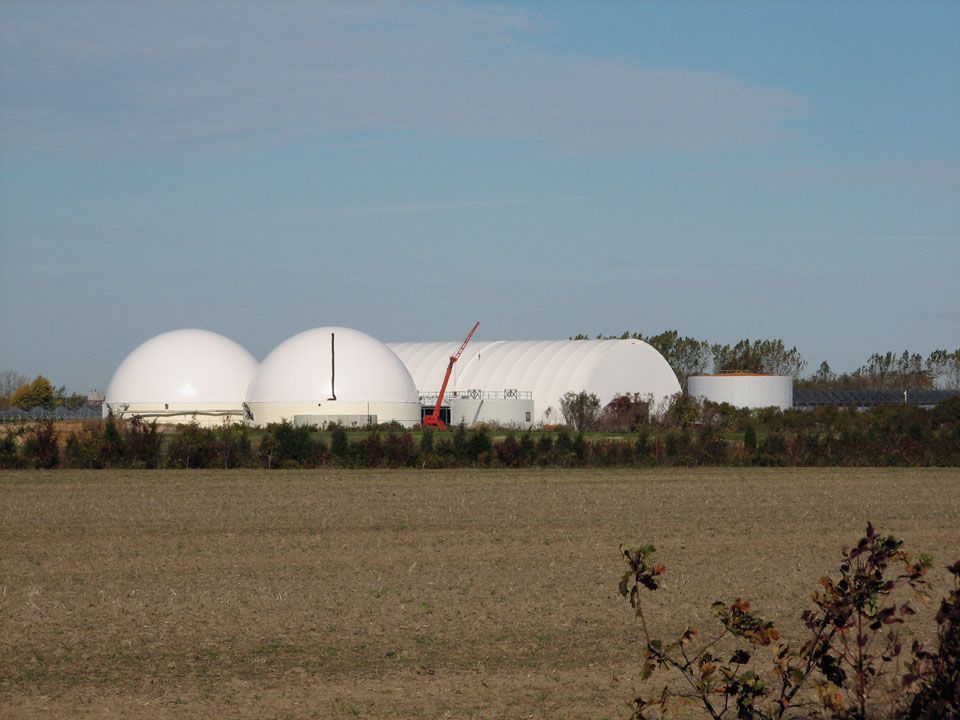If you already have an existing account with another Cat App, you can use the same account to sign in here.
One Account. All of Cat.
Your Caterpillar account is the single account you use to log in to select services and applications we offer. Shop for parts and machines online, manage your fleet, go mobile, and more.
Account Information
Site Settings
Security
Collecting Tomorrow’s Energy
Customer: Granger Energy Services
Location: Lansing, Michigan, USA
Customer Business Issue: Renewable power generation using landfill gas processing
Solution: Four Cat® G3520C generator sets
Cat® Dealer: Michigan Cat





POWER NEED
Pennsylvania Amish country is a land of rolling hills, with lush green fields and large farmscapes that harken back to a simpler time. Horse-drawn carriages share the road, while tourists are drawn to quilt shops and independent, handmade furniture makers in this quasi-rural area located 70 miles northwest of Philadelphia.
In this rustic setting, one of the largest landfill gas operations of its kind provides energy to seven businesses from methane gas collected at two landfills in nearby Conestoga and Narvon. Granger Energy Services operates these two particular landfills using compressor stations and an expansive pipeline system. Granger, based in Lansing, Michigan, was the first company in that state to make practical use of landfill gas for renewable energy production.
Landfill gas projects are one of the most cost-effective of all types of renewable energy projects because they utilize methane gas, which would otherwise be burned off, to produce highly reliable, base-load power. The gas is captured through a perforated well pipe and gathering system and, using a sophisticated process, is gradually transformed into pipeline quality gas through a combination of dehydration, compression, filtration and membrane separation.
The Honey Brook Gas Compressor & Generating System, operated by Granger, processes gas from the Conestoga landfill. The gas is then sent down an eight-mile pipeline, where it joins with a 13-mile-long pipeline in Narvon. In total, that operation produces 10,000 standard cubic feet of methane per minute.
Naturally occurring gas in landfills is comprised of about 50 percent methane, which has half the BTU value of natural gas. The gas from this operation must then be extracted in order to be used as a consistent fuel source. Granger requires a reliable power supply to complete this process and allow direct use by the customers connected to the pipeline.
When Granger started developing this project in 2004, it already had a wellestablished relationship with its Cat® dealer, Michigan Cat. The two companies worked together in developing similar gas projects in Michigan dating back to 1985. So it was only logical for Granger to once again turn to Michigan Cat as a dependable power source for a major landfill operation responsible for supplying renewable energy to businesses on a combined 21-mile pipeline.
“Over the course of 30 years, we’ve had a very good relationship with Michigan Cat as a resource for parts and equipment, and helping us diagnose issues and solve problems in short order,” said Dan Zimmerman, Granger’s director of Pennsylvania operations.
SOLUTION
To meet the required power demand, two Cat G3520C generator sets, with the capacity to produce 3.2 MW of electricity, power the gas compressor station at Honey Brook, while at the southern end of the pipeline, the Zook Generating Station utilizes two additional Cat G3520C generator sets. That station supplies the onsite electric power needs of two chief customers along the pipeline, L&S Sweeteners and Zook Molasses.
Landfill gas not consumed by these two companies serves the energy needs of the six additional businesses on the pipeline or is delivered to a utility grid. The gas is used to fuel a variety of machines, including turbine generators, boilers or other types of combustion equipment.
“Using landfill gas as a green energy source is very beneficial to the community, because instead of using oil or natural gas, we’re using a landfill gas which would otherwise be burned off in a flare,” added Nick Rogers, Pennsylvania operations coordinator for Granger Energy.
RESULTS
At the Honey Brook station, two generator sets that were converted from running diesel fuel to landfill gas operate around the clock. They are connected to Cat Electronic Technician (Cat ET), diagnostic software designed to communicate, diagnose and service electronically controlled Caterpillar engines and generators. When connected to an Electronic Control Module (ECM), a technician has the ability to diagnose existing and potential problems, configure the product and obtain data for analysis.
The Cat ET software monitors every aspect of generator set operation, including air intake, oil temperature, coolant temperature, power output and more.
“Cat ET gives us an overall snapshot of how each generator set is running on a day-today and hour-to-hour basis,” said Christian Adames, operations technician at the Honey Brook station. “It gives us all the numbers that we need to know. For instance, if we are doing an oil change, Cat ET indicates if all differential pressures or differential temperatures are close enough to tell us we need to do maintenance sooner than normal, or maybe prolong it a little bit. It tells us if we’re getting close to a maintenance interval.”
“If there is an operating issue with a generator set, one of the operators on call at the Zook Generating Station is automatically notified via phone,” commented operations technician Mat Griffis.
With the Cat generator sets, Granger is able to produce annual energy savings equating to heat for more than 34,500 homes, and enough electricity to power more than 3,800 homes.
“Landfills are no longer just safe repositories for storing waste,” said Joel Zylstra, chief operating officer for Granger Energy Services, which operates landfill gas projects throughout Michigan, as well as in Alabama, Indiana, Ohio, Pennsylvania and Utah. “Now, they are an even greater resource as we tap into landfills to collect tomorrow’s energy.”
Featured products
-
- Continuous Rating
- 2050 ekW
- 2050 ekW
- Fuel Type
- Natural Gas, Biogas, Coal Gas
- Natural Gas, Biogas, Coal Gas
- Maximum Electrical Efficiency
- 40.10%
- 40.10%
G3520C
From natural gas-fueled combined heat and power (CHP) systems and emergency power for facilities, to renewable biogas energy to support the local grid, or electricity generated from coal mine gases, Caterpillar has a wide range of reliable gas power solutions.
Learn More

